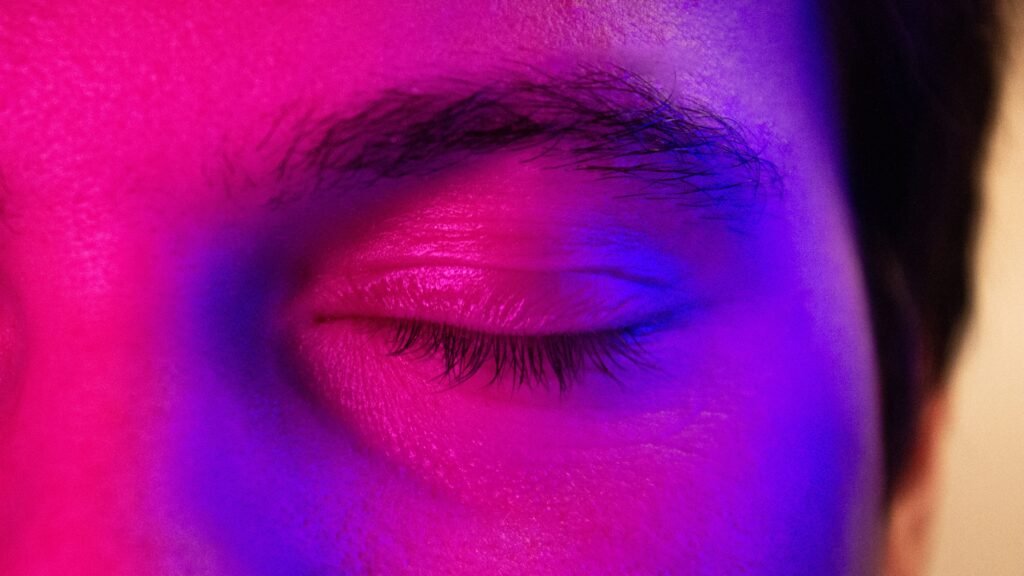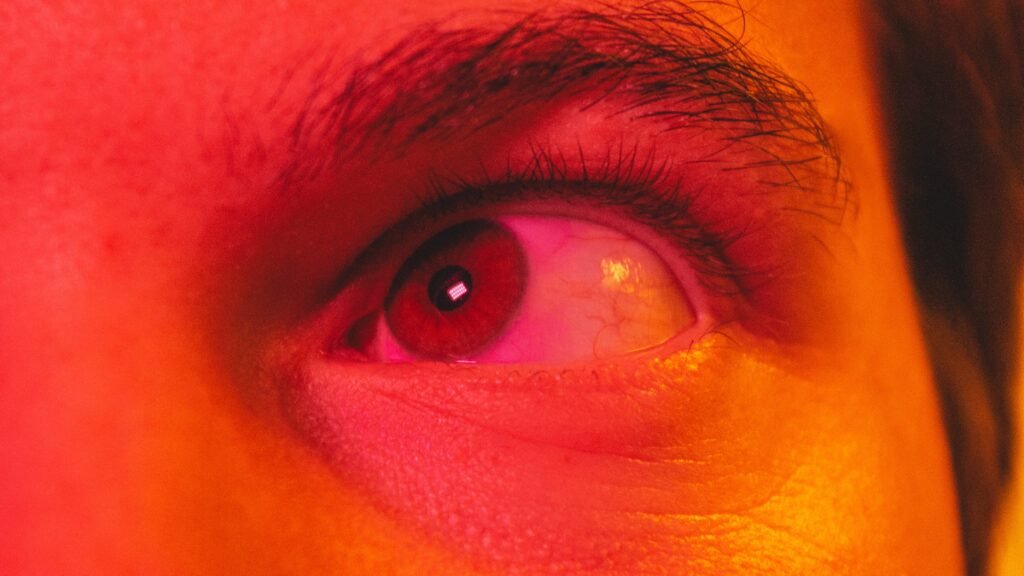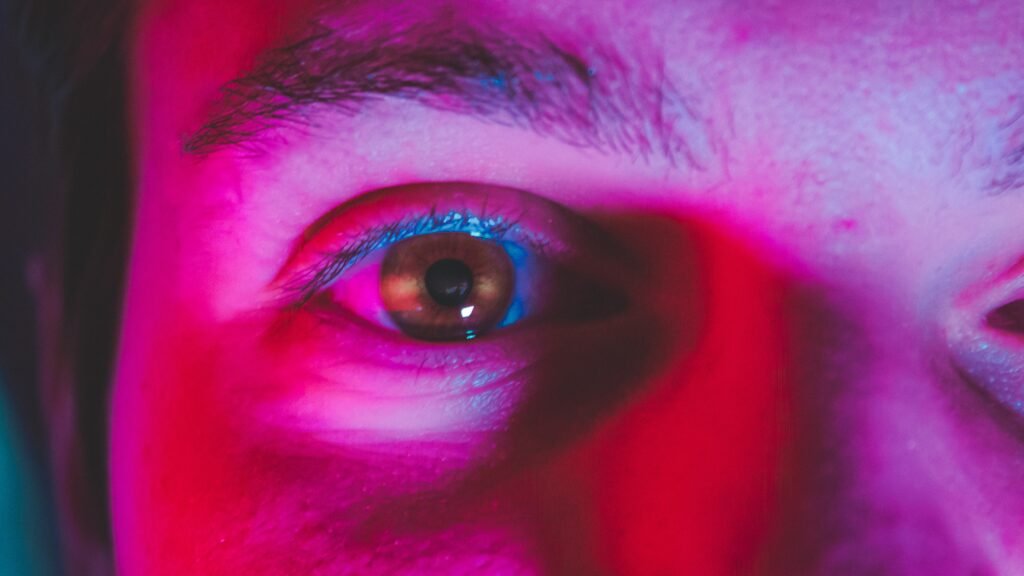The Fascinating Depths of Lucid Dreaming
Lucid dreaming is a phenomenon that has captured the interest of many individuals. The ability to be aware and conscious within a dream opens up a world of possibilities. Allowing us to explore our subconscious and experience things beyond the limitations of reality.
But are all lucid dreams the same? In this article, we will delve into the different levels of lucidity in dreams and uncover the fascinating depths of this unique experience.
What is Lucidity in Dreams?

Before we explore the different levels of lucidity, let’s first define what lucid dreaming is. Lucid dreaming occurs when an individual becomes aware that they are dreaming while still in the dream state. This awareness can range from a mere recognition of the dream state to a full realization of being able to control and manipulate the dream environment.
Lucid dreams are characterized by a sense of clarity and vividness, accompanied by a feeling of being awake within the dream. This level of consciousness allows individuals to engage with their dreams in ways that are not possible in regular dreams.
Benefits of Lucid Dreaming
Lucid dreaming offers a multitude of benefits, both in terms of personal growth and exploration of the subconscious mind. Some of the advantages of lucid dreaming include:
- Enhanced Creativity: Lucid dreaming provides a platform for exploring and expanding creative abilities within the dream world, which can spill over into waking life.
- Problem-solving Abilities: The practice of problem-solving within lucid dreams can lead to improved critical thinking skills and the ability to find innovative solutions to real-life challenges.
- Overcoming Fears and Nightmares: Lucid dreaming offers an opportunity to confront and overcome fears and nightmares by taking control of the dream environment and transforming negative experiences into positive ones.
Levels of Lucidity in Dreams
Now that we have established the basics of lucid dreaming, let’s explore the different levels of lucidity that can be experienced within a dream.
Level 1: Barely Lucid

At this level, individuals have a limited awareness that they are dreaming. They may have a vague sense that something is not quite right or that they are in an unusual situation.
However, the level of control over the dream is minimal, and individuals may struggle to maintain awareness as the dream progresses.
Example scenarios at this level include:
- Feeling slightly detached from the dream environment
- Brief moments of questioning reality within the dream
- Difficulty in exerting intentional control over dream actions
Challenges faced when achieving this level include:
- Maintaining a delicate balance between wakefulness and dream state
- Avoiding being pulled back into unconscious dreaming
Level 2: Moderately Lucid

At this level, individuals have a greater sense of awareness and control within the dream. They can actively make decisions and manipulate the dream environment to some extent.
Dreams at this level often feel more vivid and realistic.
Example scenarios at this level include:
- Taking intentional actions within the dream, such as flying or changing the dream scenery
- Experimenting with different dream experiences and exploring dream worlds
Techniques to achieve this level include:
- Reality checks: Perform reality checks during the day to train the mind to question reality, leading to increased lucidity in dreams.
- Dream journaling: Keep a dream journal to improve dream recall, making it easier to recognize when dreaming.
- Meditation and mindfulness: Practice meditation and mindfulness to develop a heightened sense of awareness, which can carry over into dreams.
Level 3: Highly Lucid

At this level, individuals have a high level of consciousness and control within the dream. They can vividly experience and manipulate the dream environment, making it indistinguishable from reality.
Dreams at this level can feel incredibly detailed and immersive.
Example scenarios at this level include:
- Engaging in complex interactions with dream characters
- Creating intricate dream landscapes and scenarios
- Experiencing heightened sensory perception within the dream
Techniques to achieve this level include:
- Lucid dreaming supplements and techniques: Explore techniques such as the Wake-Back-to-Bed method or the Mnemonic Induction of Lucid Dreams (MILD) technique. Some individuals find that supplements can help enhance lucid dreaming experiences.
Level 4: Fully Lucid

At this level, individuals have complete awareness and control within the dream. They can manipulate every aspect of the dream environment and experience a heightened sense of lucidity.
Dreams at this level can be incredibly vivid, immersive, and memorable.
Example scenarios at this level include:
- Perfectly executing desired actions within the dream
- Engaging in deep conversations with dream characters
- Exploring complex dream worlds with intricate details
Techniques to achieve this level include:
- Consistent practice and dedication: Engaging in regular reality checks, dream journaling, and other lucid dreaming techniques can increase the likelihood of achieving full lucidity in dreams.
Factors Influencing Lucidity Levels

Several factors can influence the level of lucidity experienced in dreams. Being mindful of these factors can help individuals enhance their lucid dreaming experiences:
- Sleep quality: Adequate sleep and good sleep hygiene can promote better dream recall and increase the likelihood of lucid dreams.
- Dream recall abilities: Keeping a dream journal and actively practicing dream recall can improve the ability to remember and recognize dreams, leading to increased lucidity.
- Emotional state: Emotional stability and self-awareness can positively impact the level of lucidity in dreams. Managing stress and maintaining a positive mindset can enhance the ability to engage with dreams consciously.
- Dream journaling: Keeping a dream journal allows individuals to track recurring dream themes and symbols, which can aid in recognizing dream patterns and increasing lucidity.
- Reality checks: Regularly performing reality checks throughout the day can train the mind to question reality, leading to increased lucidity in dreams.
Utilizing Lucid Dreaming for Personal Growth

Lucid dreaming can be more than just an entertaining experience; it can also offer numerous opportunities for personal growth:
- Therapeutic benefits: Lucid dreaming can be used as a therapeutic tool for overcoming fears, traumas, and recurring nightmares. By actively engaging with the dream environment, individuals can gain insights and develop strategies for addressing real-life challenges.
- Enhancing creativity and problem-solving abilities: Lucid dreaming provides a safe space for exploring and expanding creative abilities, as well as practicing problem-solving techniques that can be applied in waking life.
- Overcoming fears and nightmares: By becoming conscious within a nightmare, individuals can take control of the dream and transform negative experiences into positive ones. This can lead to increased confidence and resilience in real-life situations.
Tips for Enhancing Lucidity in Dreams

There are plenty of tips & tricks to enhance lucidity in dreams, consider incorporating the following practices into your routine:
- Reality checks throughout the day: Regularly question your surroundings and perform reality checks, such as looking at text or checking the time, to develop a habit of reality questioning that can carry over into your dreams.
- Keeping a dream journal: Record your dreams immediately upon waking to improve dream recall and facilitate the recognition of dream patterns.
- Practicing meditation and mindfulness: Engage in meditation and mindfulness exercises to develop a heightened sense of awareness, which can extend into the dream state.
- Using lucid dreaming supplements and techniques: Explore techniques like the Wake-Back-to-Bed method or the Mnemonic Induction of Lucid Dreams (MILD) technique. Some individuals also find that supplements can enhance lucid dreaming experiences.
Lucid Dreaming and the Real World

The skills and insights gained from lucid dreaming can have a positive impact on waking life.
By applying the following principles, individuals can harness the power of lucid dreaming to enhance their day-to-day experiences:
- Problem-solving skills: The practice of problem-solving within lucid dreams can transfer to real-life challenges, leading to improved critical thinking and innovative solutions.
- Creativity and innovation: Exploring creative abilities within lucid dreams can foster a mindset of innovation and help individuals think outside the box in waking life.
- Self-awareness and personal growth: The self-reflection and exploration facilitated by lucid dreaming can lead to increased self-awareness, personal growth, and overall well-being.
Conclusion
Lucid dreaming offers a unique and fascinating experience, allowing individuals to explore the depths of their subconscious mind. Understanding the different levels of lucidity in dreams provides insight into the potential for personal growth, problem-solving, and creativity.
By employing various techniques and factors that influence lucidity, individuals can enhance their lucid dreaming experiences and apply the skills and insights gained to their waking lives.
So, why not embark on this incredible journey of self-discovery and unlock the hidden depths of your dreams?




